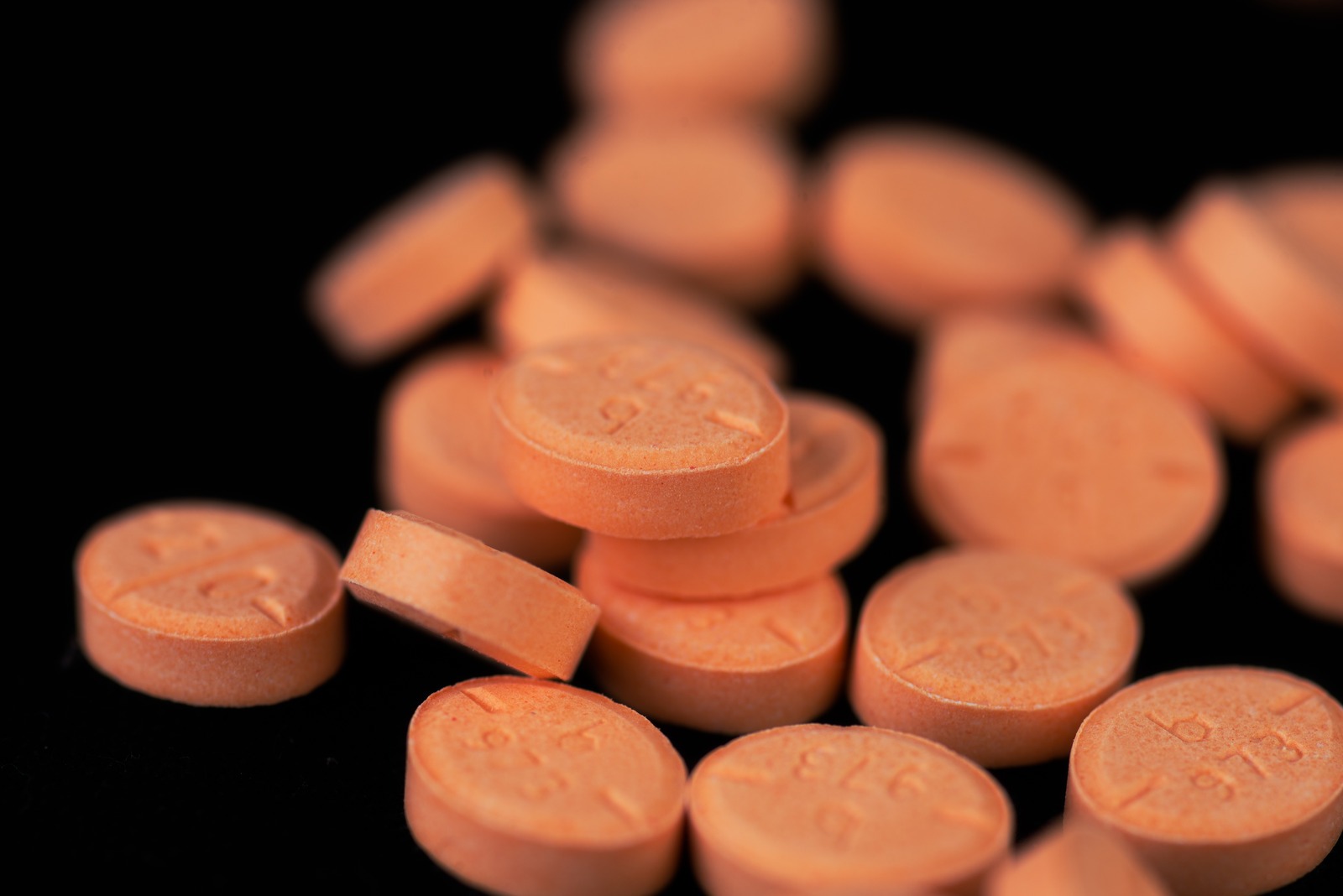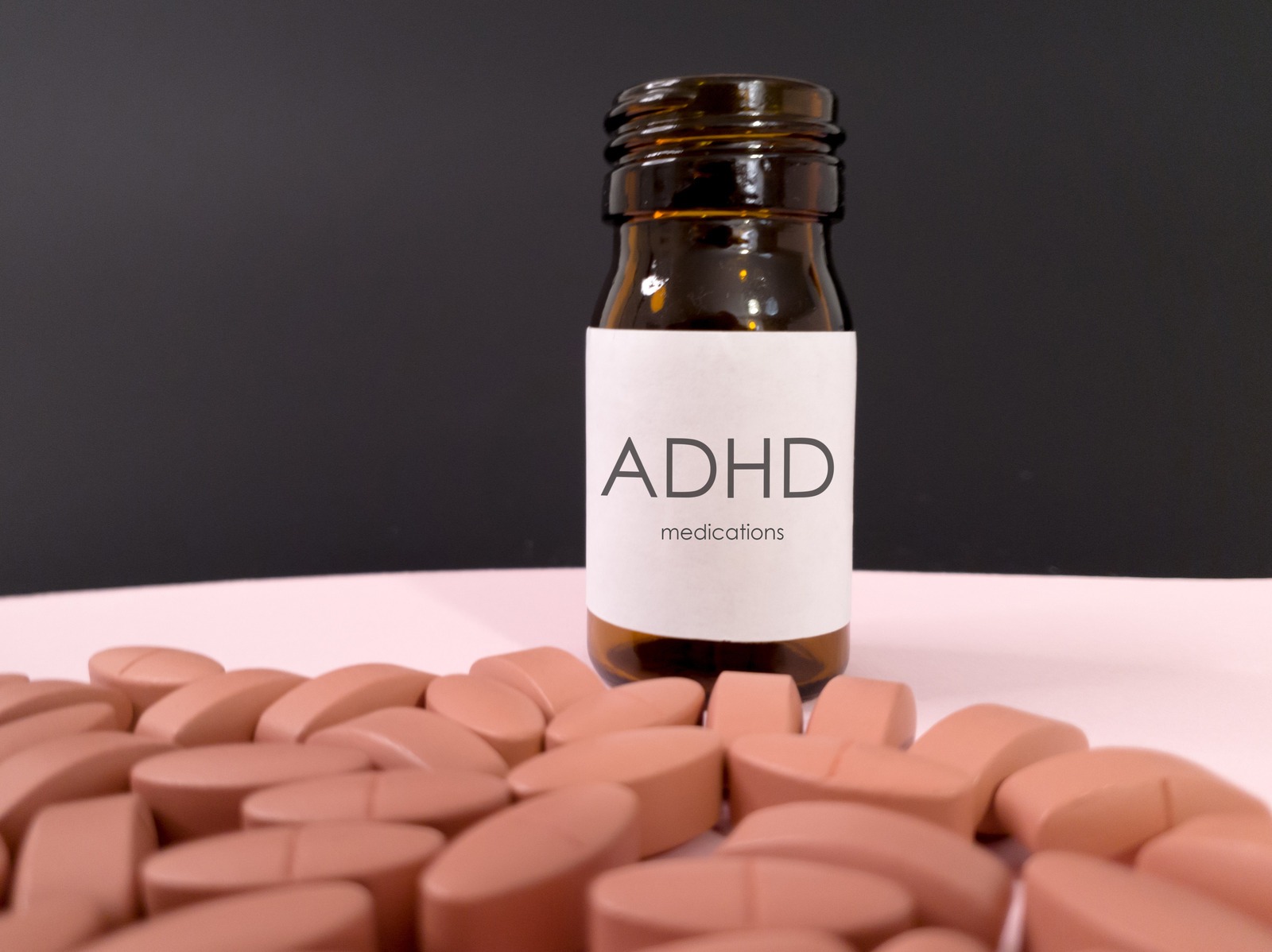How Long Does Adderall Last? Navigating Adderall Duration Timeline

- While Adderall is primarily prescribed to manage ADHD, its amphetamine components can produce feelings of increased energy, focus, and confidence, contributing to its appeal as a recreational drug.
- The duration of Adderall’s effects can last anywhere between 4 to 12 hours, depending on the dosage taken and the medication formulation.
- Recreational use of Adderall carries risks of addiction, tolerance, and adverse health effects.
- Factors such as liver or kidney function, hydration levels, and concurrent use of other medications can affect the metabolism and elimination of Adderall, altering its duration of action.
Adderall, a widely prescribed medication, is renowned for its efficacy in treating attention deficit hyperactivity disorder (ADHD) and narcolepsy. With its potent combination of dextroamphetamine and amphetamine salts, it enhances focus, concentration, and alertness, making it a cornerstone in the management of these conditions.[1]
Understanding the duration of Adderall’s effects is important for individuals using it therapeutically and those considering its recreational use. Considering this duration can help you to ensure optimal symptom management but also aids in preventing potential misuse or dependence as well.
How Long Does Adderall Last?
The duration of Adderall’s effects varies depending on several factors.[2] Generally, they can last anywhere between 4 to 12 hours, depending on the dosage taken and the medication formulation. However, individual responses may differ due to metabolism, dosage, frequency of use, and whether the medication is taken with or without food.
Metabolism plays a significant role in determining how long Adderall remains effective in the body. Those with faster metabolisms may experience shorter durations of action, while individuals with slower metabolisms may find the effects lasting longer. Additionally, higher doses and more frequent use can lead to a prolonged duration of action but may also increase the risk of adverse effects like tolerance development and withdrawal symptoms over time.
The Adderall High: A Closer Look
An Adderall high refers to the euphoric or stimulating sensations experienced when using the medication recreationally or in doses exceeding therapeutic recommendations. While Adderall is primarily prescribed to manage ADHD, its amphetamine components can produce feelings of increased energy, focus, and confidence, contributing to its appeal as a recreational drug.[3]
Understanding the duration of Adderall’s effects is crucial for individuals using it under medical supervision for therapeutic purposes. It is important to note that the recreational use of Adderall is unsafe and not recommended, as it poses significant health risks, including potential for misuse, dependence, and adverse reactions. Several factors influence how long the Adderall high lasts, including the formulation of the medication, dosage, individual metabolism, and route of administration.
Individual variations in metabolism and tolerance can also influence the longevity of the high, with faster metabolisms potentially leading to shorter durations of action and vice versa. Recreational use of Adderall may provide temporary feelings of euphoria and heightened alertness, but it also carries risks of addiction, tolerance, and adverse health effects.
Individuals must approach Adderall use responsibly, seeking guidance from healthcare professionals and considering the potential consequences of misuse.
Immediate Release vs. Extended Release
Immediate-release Adderall releases its active ingredients rapidly into the bloodstream upon ingestion, providing a quick onset of action. This formulation typically peaks within 1 to 3 hours after administration and offers symptom relief for approximately 4 to 6 hours.[4]
In contrast, extended-release Adderall (Adderall XR) features a specialized delivery system designed to release the medication over an extended period gradually. This results in a slower onset of action and a prolonged duration of effect, lasting up to 12 hours in some cases.
The choice between immediate-release and extended-release formulations depends on various factors, including the individual’s treatment goals, lifestyle, and response to medication. While immediate-release Adderall may be preferred for individuals requiring symptom relief throughout the day with the option for flexible dosing, extended-release Adderall offers the convenience of once-daily dosing and sustained symptom control without the need for frequent administration.
Ultimately, the choice between immediate-release and extended-release formulations should be made in consultation with your healthcare provider.
Individual Factors Affecting Adderall Duration
Various individual factors contribute to the duration of Adderall’s effects, highlighting the importance of personalized considerations for each user.
Tolerance to Adderall, characterized by the body’s reduced response to the medication over time, can necessitate dosage adjustments to maintain therapeutic efficacy. While tolerance can influence the perceived duration of Adderall’s effects, it primarily affects the medication’s effectiveness rather than its pharmacokinetic properties. Regular monitoring and consultation with healthcare providers are essential to manage tolerance and ensure safe use.
Overall health and medical conditions can further influence how long Adderall lasts in the body. Factors such as liver or kidney function, hydration levels, and concurrent use of other medications can affect the metabolism and elimination of Adderall, altering its duration of action.
Given the variability in individual responses, healthcare providers must consider these factors when prescribing Adderall, and users must be mindful of their unique circumstances.
The Importance of Dosing Instructions
Following prescribed doses of Adderall is crucial for maximizing its therapeutic benefits and minimizing potential risks associated with misuse.
Exceeding prescribed dosages or misusing Adderall significantly increases the risk of adverse effects, including cardiovascular issues, mental health problems, tolerance development, and dependency. Such misuse can also lead to serious health complications, including the risk of overdose and long-term psychological effects.[5] Misuse of Adderall can also result in tolerance development, where higher doses are needed to achieve the desired effects, further exacerbating the risk of adverse reactions and dependency.
Moreover, misuse of Adderall can significantly impact the duration and intensity of its effects. Taking higher doses than prescribed or using Adderall for non-medical purposes can lead to an exaggerated stimulant effect, increasing the risk of cardiovascular complications, agitation, and other serious side effects. Conversely, inconsistent dosing or skipping doses may result in suboptimal symptom control and compromised treatment outcomes.
The Come Down: Recognizing the End of Adderall Effects
As the effects of Adderall gradually subside, individuals may encounter what is commonly referred to as the ‘come-down’ phase.[6] During this period, the stimulating effects of the medication diminish, often leaving individuals feeling fatigued, irritable, or mentally exhausted. This transition can be challenging, as the sudden shift in energy levels and mood may disrupt daily activities and interpersonal interactions. Additionally, some individuals may experience heightened feelings of anxiety or depression as they navigate the post-Adderall period.
To manage the come-down phase effectively, it’s essential to implement coping strategies that promote physical and emotional well-being:[7]
- Staying hydrated and nourished can help replenish energy levels and alleviate feelings of fatigue.
- Engaging in relaxation techniques such as deep breathing, mindfulness, or gentle exercise can also help soothe the central nervous system and promote a sense of calmness.
- Ensuring adequate rest and prioritizing self-care activities, such as taking a warm bath or spending time in nature, can support overall recovery from the effects of Adderall.
It’s also important to remain mindful of mood fluctuations during the come-down phase and to practice self-compassion. Recognizing and acknowledging emotional responses can help individuals navigate this period more resiliently. Seeking support from friends, family, or mental health professionals can also provide valuable assistance during challenging moments.
Seeking Professional Help
Consulting with the appropriate healthcare professionals is essential for addressing Adderall-related substance abuse concerns, whether they concern dosing, side effects, or potential misuse. Healthcare providers can offer personalized guidance and support tailored to individual needs, helping to ensure the medication’s safe and effective use.
For individuals struggling with Adderall misuse or dependence, addiction treatment programs like those offered at Epiphany Wellness play a vital role in providing comprehensive support and practical resources. With specialized programs and behavioral therapies designed to address substance use disorders, including Adderall and stimulant addiction. By seeking treatment options, individuals can access the necessary tools and support to overcome misuse and regain control of their health and well-being.
It’s important to maintain open communication with medical providers about Adderall use, including any concerns or difficulties encountered. Honest discussions with healthcare professionals can facilitate informed decision-making and help identify potential issues early on. By working collaboratively with medical providers, individuals can receive the guidance and support needed to navigate Adderall use safely and effectively.
Making Healthy Choices
Understanding the duration of Adderall’s effects is crucial for individuals prescribed the medication for therapeutic purposes. It’s important to clarify that the recreational use of Adderall is strongly discouraged due to the significant health risks involved, including the potential for misuse, dependency, and severe side effects. Immediate-release formulations typically offer symptom relief for around 4 to 6 hours, while extended-release versions can provide sustained effects for up to 12 hours. However, individual responses may vary due to metabolism, tolerance, and overall health.
It’s paramount to emphasize the importance of responsible use and adherence to medical advice when using Adderall. Exceeding prescribed dosages or misusing the medication can lead to adverse effects, tolerance development, and dependency. By following prescribed dosages and maintaining open communication with healthcare providers, you can optimize the safety and effectiveness of Adderall treatment.
Furthermore, seek reliable information from reputable sources to make informed decisions about Adderall use. Educating yourself about the medication’s effects, risks, and potential benefits will help you make the best choices for your health.
Frequently Asked Questions
Are you or a loved one struggling with Adderall® addiction?

